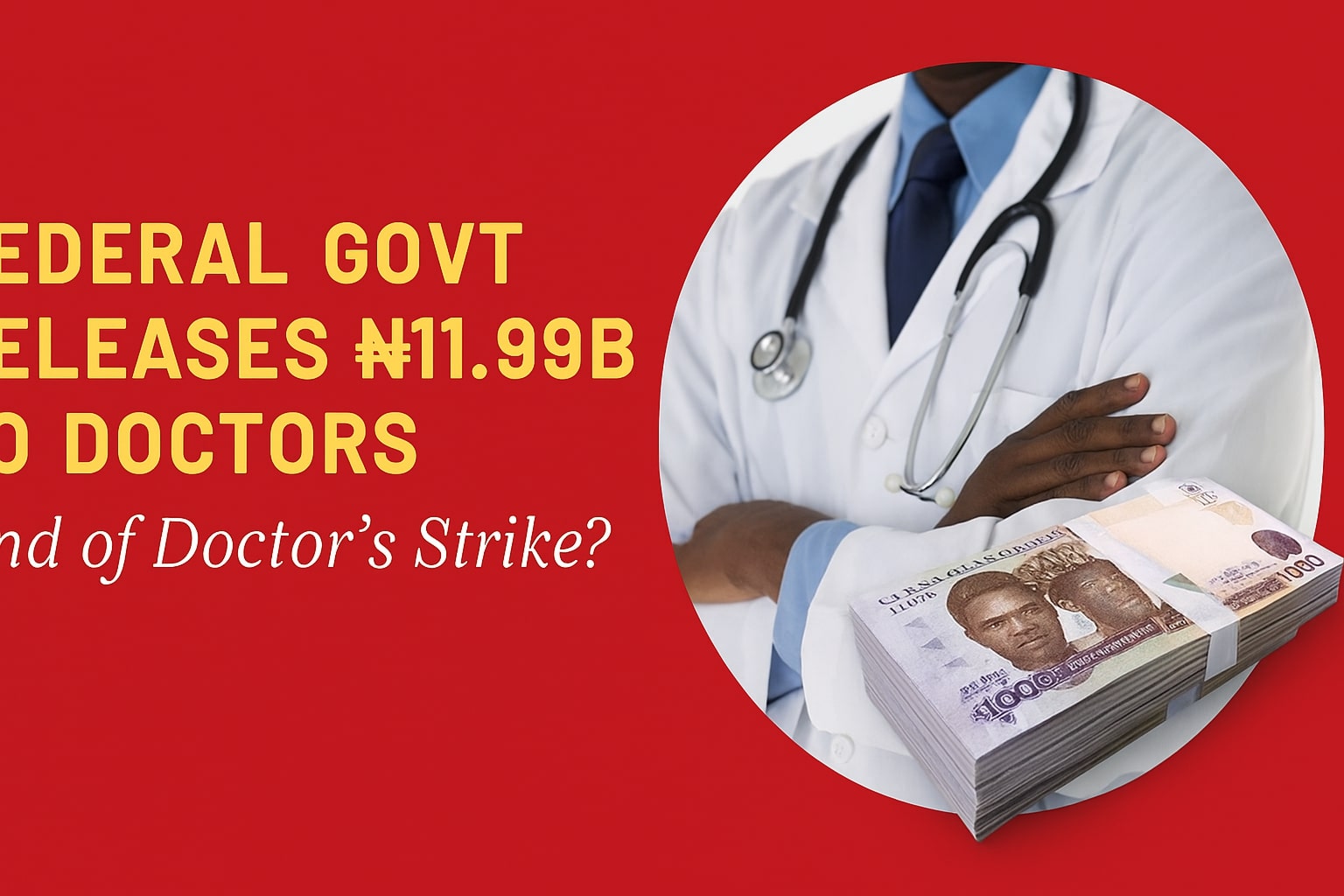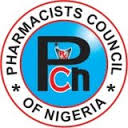In what could be a long-overdue turning point in Nigeria’s battle against malaria, the Medical Laboratory Science Council of Nigeria (MLSCN) and the National Malaria Elimination Programme (NMEP) have joined forces to establish a dedicated training laboratory for malaria microscopy in Abuja.
This isn’t just another bureaucratic announcement—it’s a potentially game-changing move. For a country where malaria remains a top killer, particularly of children and pregnant women, the ability to diagnose accurately and early could save thousands of lives.
Backed by the Global Fund under Grant Cycle 7, NMEP has already donated 42 state-of-the-art teaching microscopes to MLSCN. This investment, if followed through with consistency and commitment, could finally give Nigeria the local infrastructure it desperately needs to train and certify professionals in malaria diagnostics—something we've been relying on other countries like Kenya for far too long.
Registrar of MLSCN, Prof. Tosan Erhabor, rightly emphasized that this initiative isn’t just about new equipment—it’s about building capacity, sustainability, and independence. Why should Nigeria spend N4–5 million per person flying professionals abroad for WHO certification when the same training can now be delivered locally at a fraction of the cost? With just N400,000, the country can now train each microscopist right here on home soil. That’s a smart shift, and frankly, one that should’ve happened years ago.
Currently, Nigeria has only about 20 WHO-certified level-one microscopists—an alarmingly low number for a country of over 200 million. But now, with regular biannual training and WHO-certified facilitators coming to Nigeria instead of the other way around, we have a real shot at growing this number meaningfully.
NMEP’s National Coordinator, Nnenna Ogbulafor, called this a “milestone,” and she’s not wrong. Accurate diagnosis is at the very core of malaria elimination. Treating the wrong illness or missing a malaria case altogether is not just inefficient—it can be fatal. With Nigeria’s malaria prevalence still around 27%, improving diagnostic capacity is non-negotiable.
That said, we must be clear-eyed: this is a promising first step, not a solution in itself. A training lab in Abuja, serving the North Central zone, is a start—but what about other regions where malaria continues to ravage communities with little to no access to diagnostics?
Moreover, while training won't be free, it’s encouraging to hear it will be subsidized to ensure accessibility. Still, we must watch closely to ensure that “subsidized” doesn’t become code for “still out of reach” for those who need it most.
This partnership between MLSCN and NMEP is a sign that Nigeria may finally be moving from rhetoric to action when it comes to public health. But it must be matched with long-term investment, aggressive scaling, and a focus on equity to truly impact our malaria burden.
If this initiative can live up to its promise—and be replicated, expanded, and sustained—it could very well become a blueprint for tackling other public health challenges in Nigeria. But as always, the difference will lie in the follow-through.




